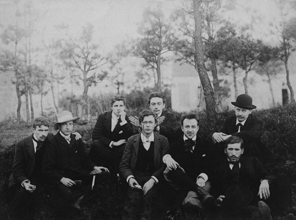

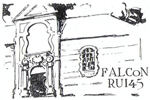 ‘A new morning full of sunny dreams’.
‘A new morning full of sunny dreams’.
 François 'Frans' Franck (1872-1932) - [Biography : see Patronage]
François 'Frans' Franck (1872-1932) - [Biography : see Patronage] 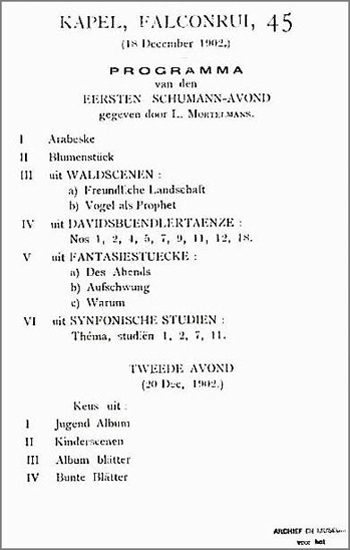 Image : Kapel, Falconrui 45 (18 December 1902)
Image : Kapel, Falconrui 45 (18 December 1902)  Ary Delen later wrote down : 'we were anarchists, 'flaminganten' and theosophs, idealists and fanatics, titans, unworried and fervent and enthusiast freedomlovers. We were furious and even mercilessly unjust. We praised to the sky and teared down...'.
Ary Delen later wrote down : 'we were anarchists, 'flaminganten' and theosophs, idealists and fanatics, titans, unworried and fervent and enthusiast freedomlovers. We were furious and even mercilessly unjust. We praised to the sky and teared down...'.
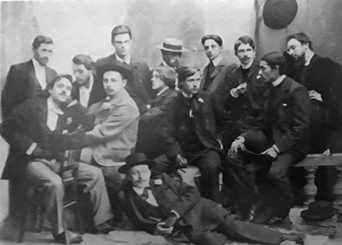 The core of loyalists were Victor Resseler (1877-1955), Louis Franck (1868-1937)(brother of Frans Franck), and the painter Walter Vaes (1882-1958), while a few later would join : Charles Franck (1870-1935)(brother of Frans Franck, founder of the Friends of Modern Art and art collector), Joris de Bom (brother of Emmanuel), Jan van Menten, Karel van den Oever, Ary Delen, Jan Eelen, Oscar Six, Jan Madou, Lodewijk Mortelmans [3rd from the left] and Alfons de Ridder (known as the writer Willem Elsschot).
The core of loyalists were Victor Resseler (1877-1955), Louis Franck (1868-1937)(brother of Frans Franck), and the painter Walter Vaes (1882-1958), while a few later would join : Charles Franck (1870-1935)(brother of Frans Franck, founder of the Friends of Modern Art and art collector), Joris de Bom (brother of Emmanuel), Jan van Menten, Karel van den Oever, Ary Delen, Jan Eelen, Oscar Six, Jan Madou, Lodewijk Mortelmans [3rd from the left] and Alfons de Ridder (known as the writer Willem Elsschot). 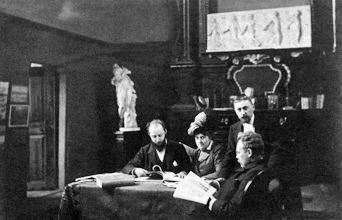 Inside the Chapel, from left to right :
Inside the Chapel, from left to right :
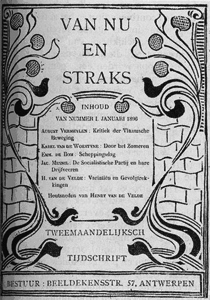 The magazine 'Van nu en straks' (1893-1894 and 1896-1901) was founded in Kalmthout (North of Antwerp) in the house of today's owner Dr. Van Peel, Kapellensteenweg 118 at the corner with the Vogelzangstraat.
The magazine 'Van nu en straks' (1893-1894 and 1896-1901) was founded in Kalmthout (North of Antwerp) in the house of today's owner Dr. Van Peel, Kapellensteenweg 118 at the corner with the Vogelzangstraat. 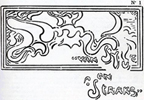 The editors were Cyriel Buysse, Emmanuel de Bom, Prosper van Langendonck and August Vermeylen.
The editors were Cyriel Buysse, Emmanuel de Bom, Prosper van Langendonck and August Vermeylen.
